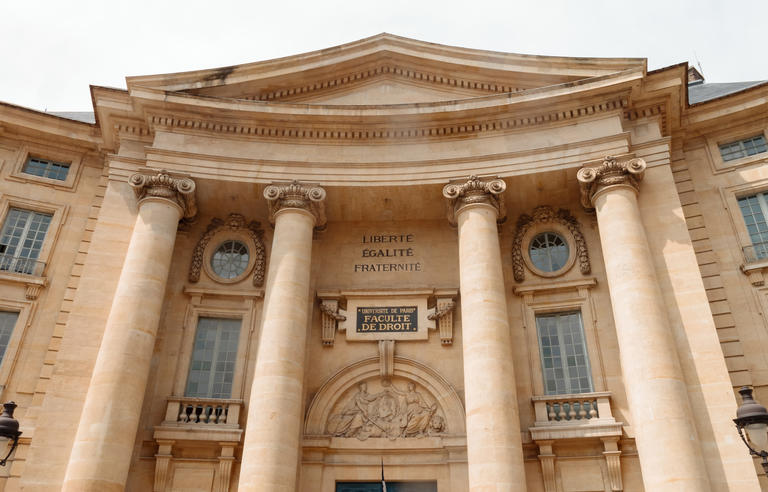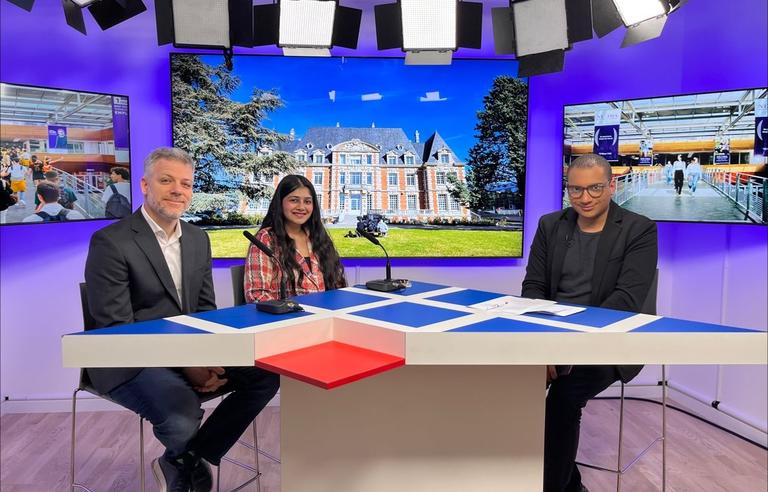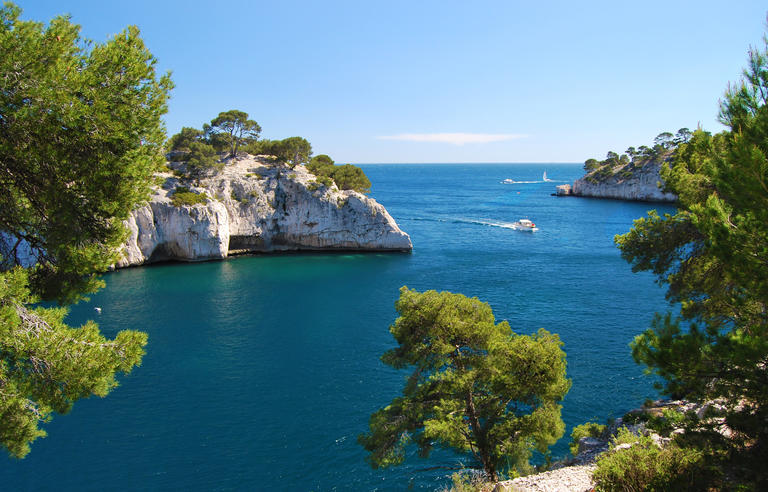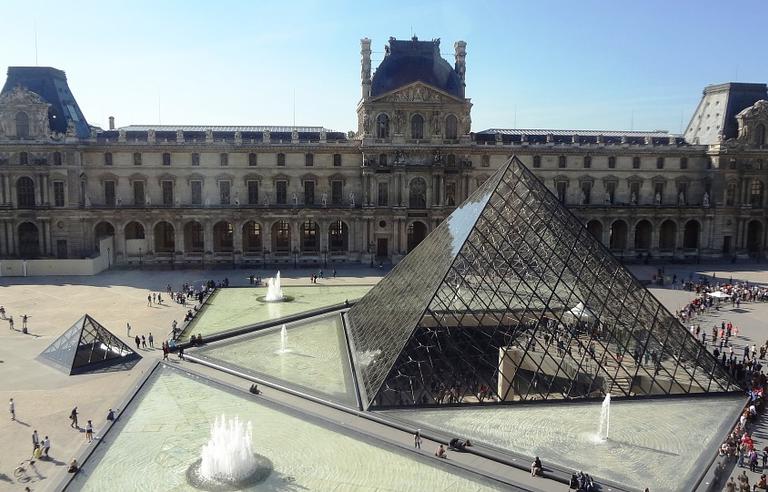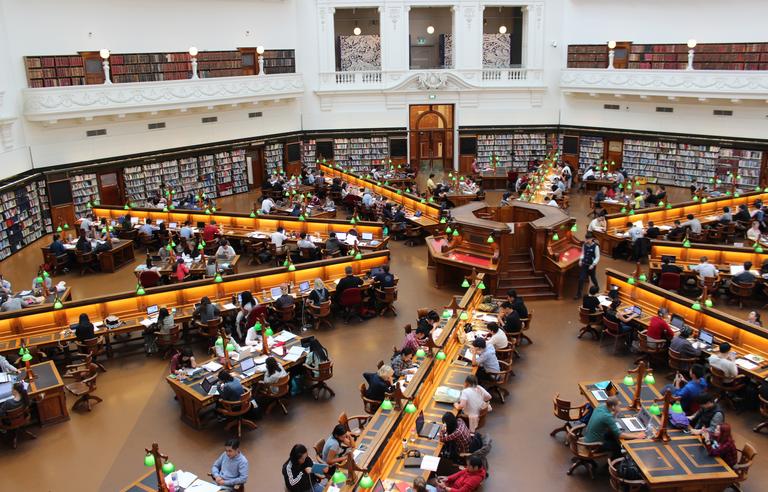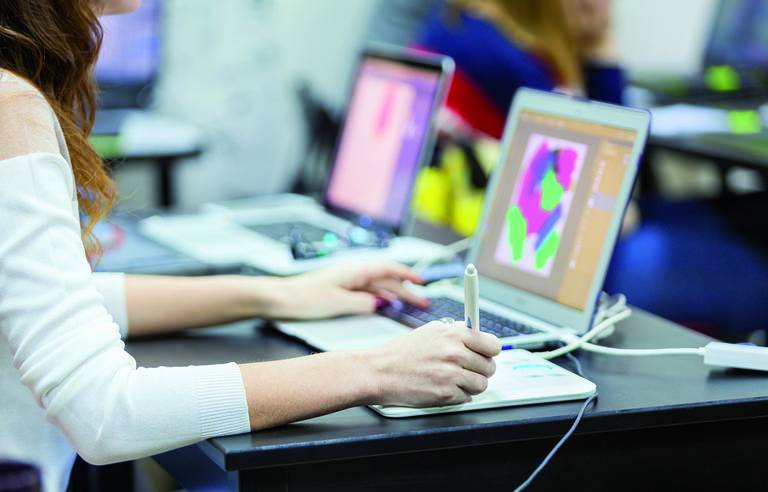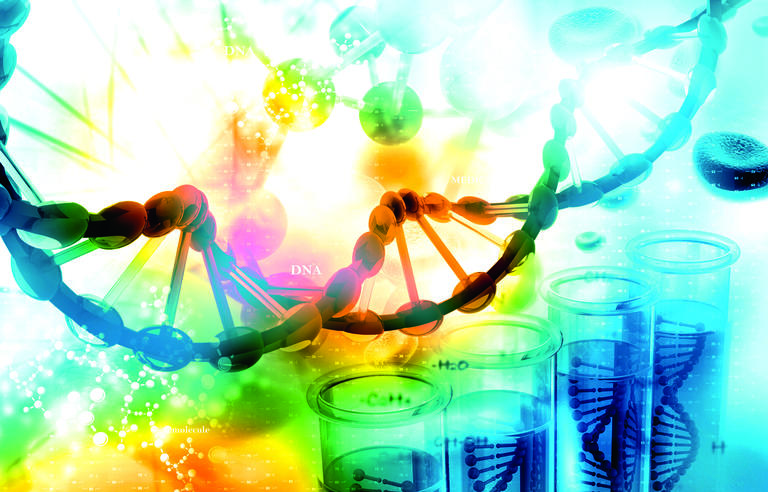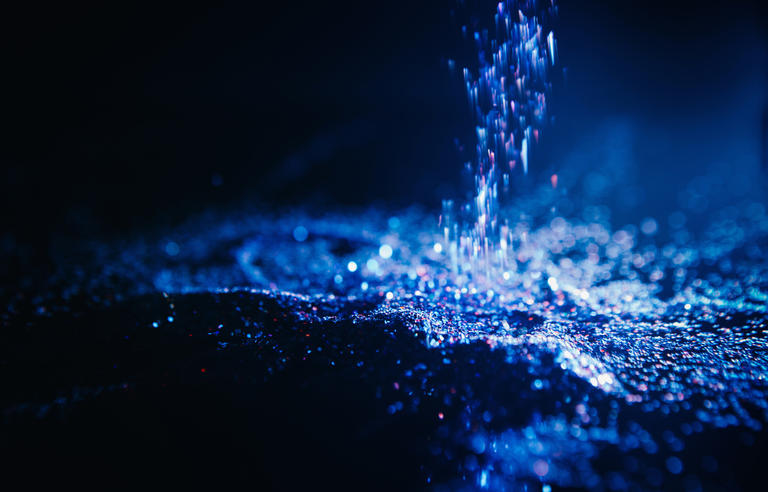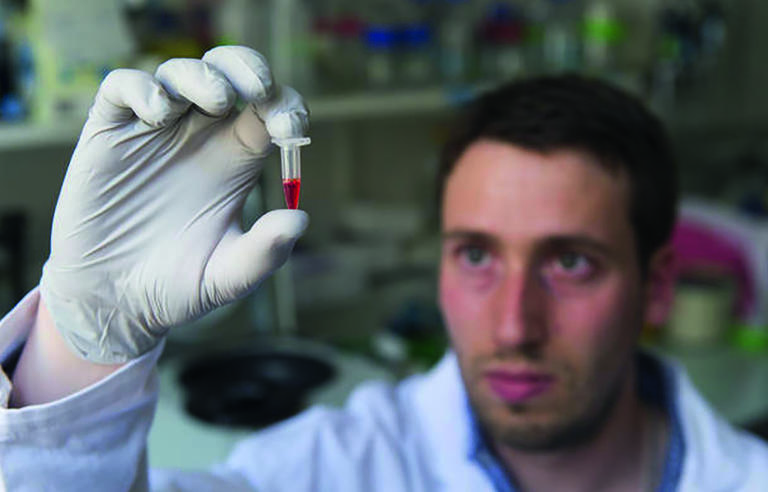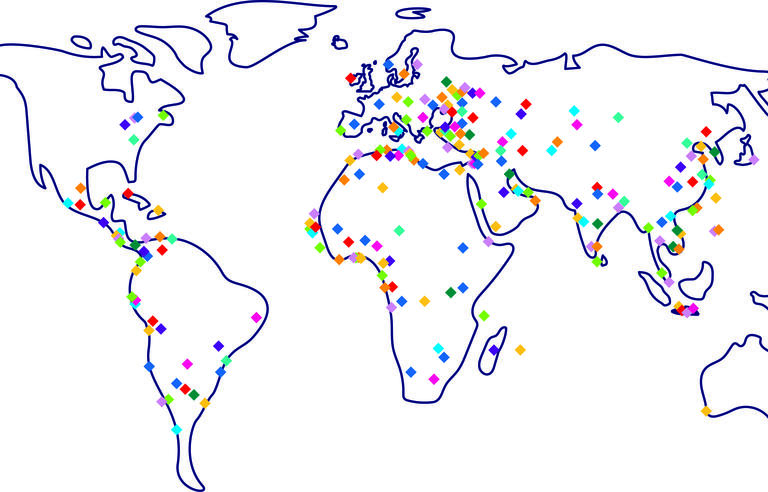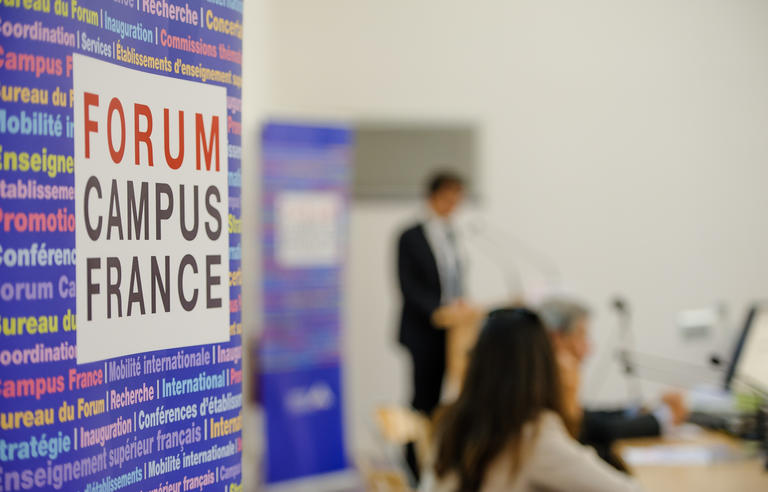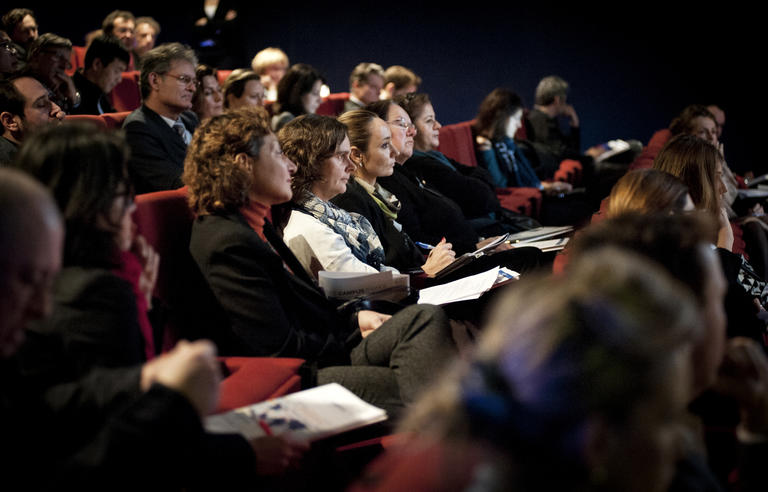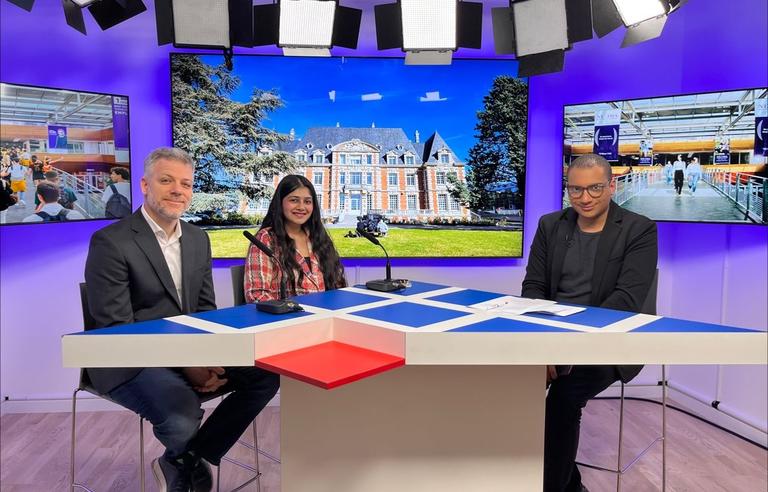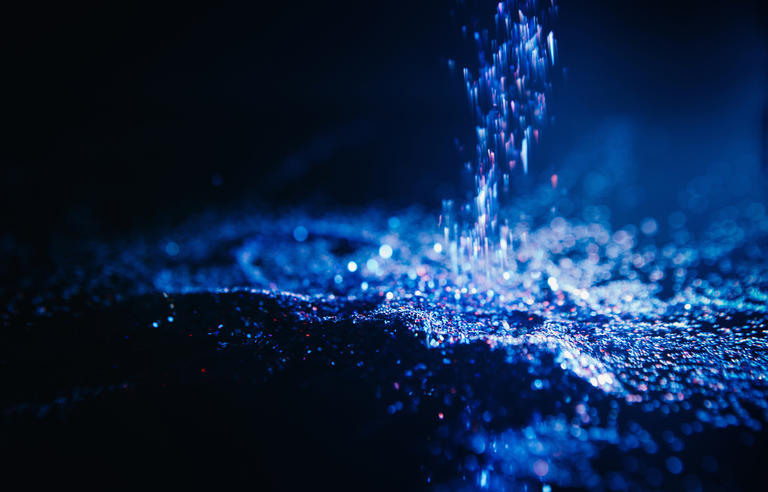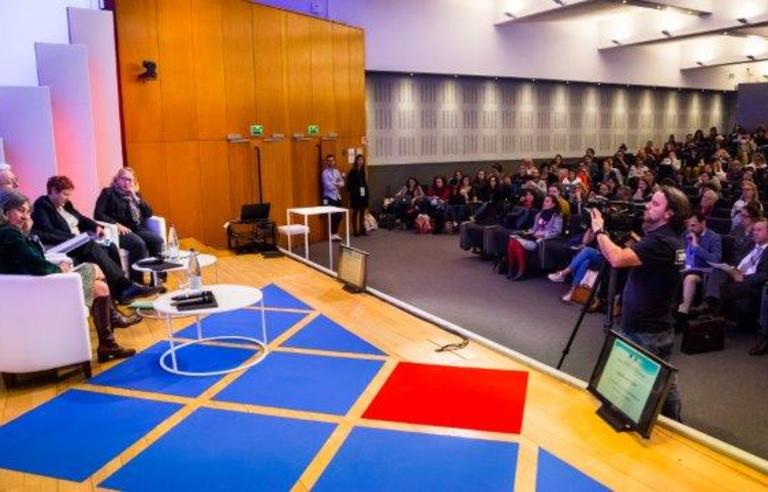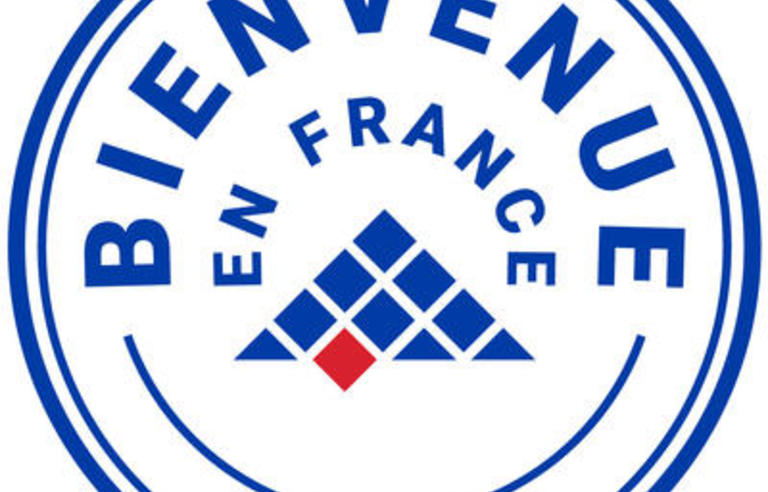
Restoration of Notre-Dame cathedral: a tremendous scientific and technical project
“Notre-Dame of research”. Under this slightly tongue-in-cheek title, the CNRS published on its website a report on the reconstruction of Notre-Dame de Paris. A few months after its reopening to the public after the tragic fire that burnt down the iconic national monument five years ago, the Centre national de la recherche scientifique (CNRS) offers a series of articles and short video reports on the many works that engaged French research as a whole since 15 April 2019.
C’est dans CNRS-Le Journal, site d'information scientifique destiné au grand public, que le Centre national invite ses lecteurs à un « voyage au cœur de cet immense chantier scientifique et technique » qu’a représenté et que représente encore la restauration de la cathédrale Notre-Dame de Paris. Des premières découvertes faites après l’incendie à la reconstitution d'un « double virtuel de l'édifice », en passant par l'inventaire des débris et de la charpente, l’avis des experts sur les matériaux utilisés ou la numérisation du monument, tout y passe pour comprendre à quel point la reconstruction de l’édifice, une gageure en cinq ans, a représenté pour la science une mine inestimable d’informations.
Un double numérique
« Entrez dans les coulisses de l'aventure scientifique initiée dès le lendemain de l’incendie autour de la cathédrale mise à nue ». C’est en ces termes que s’ouvre ce dossier qui a recueilli les contributions des spécialistes du CNRS et du ministère de la Culture, en partenariat avec l’Etablissement public chargé de la conservation et de la restauration de la cathédrale Notre-Dame de Paris.
Cette aventure commence par une visite de Notre-Dame en réalité virtuelle. Après l'incendie qui a ravagé la cathédrale, les vestiges de Notre-Dame de Paris ont en effet été entièrement numérisés par des chercheurs du CNRS. On peut ainsi grâce à un reportage vidéo « s’immerger dans le double virtuel de l'édifice », en étant transporté au cœur d’un « modèle en taille réelle » grâce auquel les scientifiques peuvent notamment étudier des matériaux détruits ou des parties inaccessibles du monument.
Comme l’explique le CNRS, le chantier de restauration de Notre-Dame de Paris s’est accompagné d'un « vaste projet scientifique impliquant une cinquantaine d'équipes de recherche ». A partir d’un autre reportage, qui se déroule en partie sur le site sinistré de la cathédrale, on peut aussi voir les efforts impressionnants et spectaculaires déployés par une équipe de techniciens qui s’est attachée à créer le double numérique de Notre-Dame, grâce à un scanner laser permettant d’obtenir des images en trois dimensions. Il s’agit en effet de créer « une sorte de Google Earth de la cathédrale », en regroupant au sein d’une plateforme collaborative la totalité des connaissances passées et à venir sur l’édifice. Pour les chercheurs, il est nécessaire de rassembler « tout ce que l’on sait de l’édifice, des croquis de construction jusqu’au relevé 3D de son état actuel » et en même temps être « capable d’intégrer toute information à venir ». Car, au lieu d’une « simple réplique en images de synthèse, il s’agit plutôt de construire une base de données et de connaissances inédites ».
Une analyse scientifique des matériaux
Dès 2020, un an après l’incendie, après la stabilisation de l’édifice, les chercheurs se sont mobilisés sur le chantier CNRS/Notre-Dame. « Sauvegarde du patrimoine matériel, modélisation de la structure ou encore études acoustiques », les programmes de recherche ont posé les premiers jalons de la restauration, en collaboration avec des ingénieurs et des architectes. Un reportage vidéo montre comment ces travaux se sont structurés.
Il s’agissait d’abord de faire parler les matériaux de Notre-Dame : bois, pierre, fer, plomb… Que savait-on en effet des matériaux dont était faite Notre-Dame et des techniques de construction utilisées à l’époque ? Pour répondre à cette question, les équipes de chercheurs ont analysé une somme de matériaux, « à commencer par la charpente de bois, cette forêt composée de milliers de chênes assemblés il y a huit cents ans ». 2 000 pièces de bois ont été étudiées, parfois intactes ou en partie consumées.
La question de la réutilisation des matériaux de Notre-Dame s’est également posée pour les pierres de la cathédrale. Devait-on retrouver les mêmes pierres dans des carrières aujourd’hui disparues, les consolider, en trouver d’autres ? De même, un groupe de recherche sur le métal de Notre-Dame a été lancé, avec pour objectif l’étude du fer et sa datation. Dater le fer de la cathédrale a ainsi permis « de reconstituer l’histoire de la maçonnerie et de la charpente ». Quant au plomb, présent sur la toiture de la cathédrale et sa flèche, comme il avait largement fondu, son étude n’a pas été facile !
Plus difficile encore, le son. Quoi de plus impalpable que ce qu’on entendait dans la cathédrale avant sa destruction par le feu ? Comment « reconstruire le son de Notre-Dame » ? Comme l’écrit le CNRS, le grand orgue, épargné en partie par l'incendie, n’était pas « le seul à faire résonner Notre-Dame ». C’est pourquoi des chercheurs ont essayé de « restituer l'ambiance sonore de la cathédrale à différentes époques, mais aussi de limiter l'impact des travaux de restauration sur l'acoustique ». Notre-Dame de Paris se caractérisait en effet par une acoustique extraordinaire qu’un binôme de chercheurs a analysé grâce notamment à une captation de l’ambiance sonore réalisée en 2013. Ces travaux ont servi aux architectes pour restaurer l’acoustique et l’adapter aux circonstances et à son utilisation, notamment pour savoir si les travaux effectués actuellement vont influer sur la résonance de l’orgue.
Related contents
Recommended News











